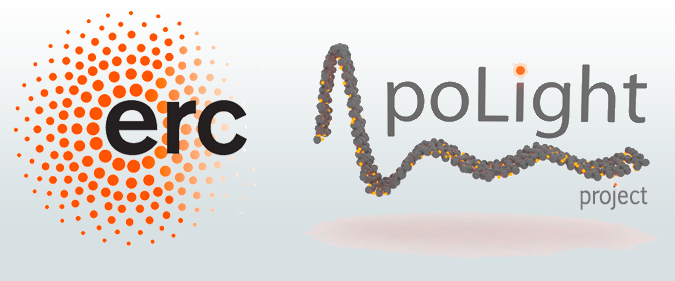The POLIGHT project has focused on the development of novel adaptable flexible films and coatings capable of reflecting, transmitting, absorbing or emitting light in a controlled manner. This enterprise has gathered a group of highly specialized doctors in different areas of inorganic chemistry and optical physics to target a series of ambitious goals whose fulfilment are finding applications in fields as diverse as skin protection, solar cells or light emitting devices. The materials that are designed, prepared, characterized and applied within the framework of the project have a hybrid nature, since they are made of organic and inorganic materials, the best of two worlds being combined to create structures that possess the flexibility of polymers and the optical properties of dielectric mirrors. The nanostructured films and coatings devised in the project have already found applications. Hence, by adjusting the structural and optical parameters of the different components of the film, it has been possible to build a biocompatible patch that is fully transparent to visible light and that, at the same time, is capable of protecting human skin cells against DNA damage caused by ultraviolet (UV) rays without absorbing them, but just reflecting them back. This mechanism of shielding implies a paradigm shift in the field, since up to now most UV protecting screens and lotions have been based on the absorption of incoming solar radiation, which has numerous drawbacks resulting from the generation of highly reactive radicals that end up causing photo-degradation. From a completely different perspective, the knowledge on porous optical materials and their integration with other compounds developed in the framework of the project have led to significant achievements in the field of photovoltaics, several different devices having benefited from the integration of these materials in them. This has led to the development of the first colourful perovskite solar cells displaying the full colour gamut or more advanced solar concentrators. Finally, and from a more fundamental point of view, an unprecedented control over the emission properties of different luminescent materials integrated in the porous network of the photonic materials devised in the framework of the project have been achieved, which opens the route towards the development of more advanced light emitting sources with full control over the spectral distribution of emitted light intensity and its dynamics.
Copyright © 2025 · Executive Theme on Genesis Framework · WordPress · Log in


